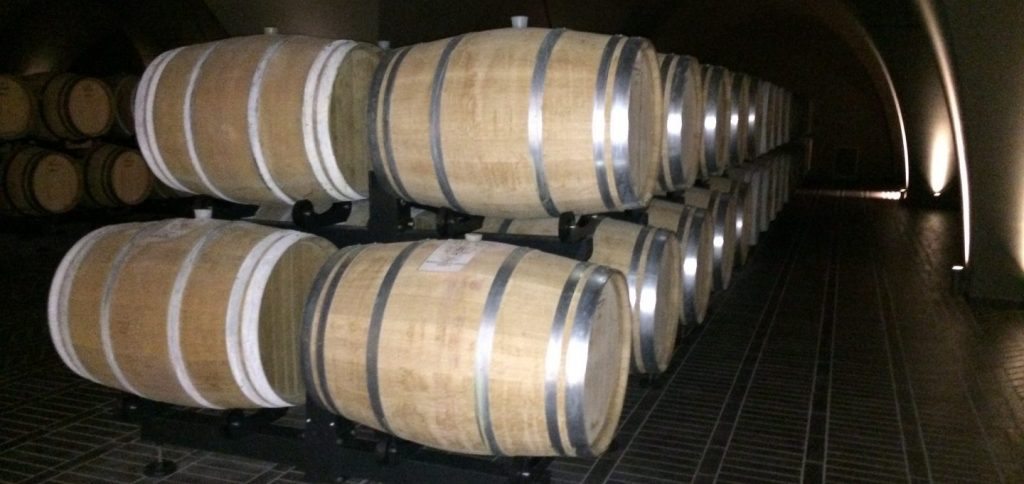Wine: Barrique – more than just flavor

Winemakers have been preoccupied with the storage of wine since time immemorial: In earlier times, people transported and kept the precious liquid in more or less suitable containers, – such as earthenware jugs, amphorae or leather sacks. Those who had the means opted for wooden barrels, which were more durable and also better to transport than fragile jugs. Today, barrique barrels are regarded the best-known storage vessel for wine, and aging wine in such barrels is considered a sign of quality.
The term barrique stands for more than just the storage of wine and the barrel itself: This winemaking approach in relatively small because, making use of new oak barrels, it provides the wine with its distinct characteristic barrique flavor.
The birth of barrique in Bordeaux, a major center for the wine trade
These well-known barrique barrels originate from Bordeaux. It was there that in 1866 the size of barrique barrels was set at exactly 225 liters – a measurement that still applies today. Thanks to their size, barrique barrel could be rolled by one man alone. And it only took two men to carry it. Back then, the wines were taken from the châteaux to the merchants on the quays of the Gironde to be loaded and sent to Bordeaux. Only after arriving there were they blended into salable wines and stored until they were later sold. Because Bordeaux wine merchants’ customers were largely situated in London and the rich colonies of the British Empire, barrique barrels were especially well-suited for sea transport. On the return journey, the expensive barrels were taken back to France as empty containers.
Storage in a barrique barrel, however, altered the taste of the wines and gave them their characteristic sweet and spicy flavor – a flavor that customers in England soon grew accustomed to. The special aromas are produced when the coopers bend the staves through a process using water and fire, resulting in a natural byproduct of the barrique barrel-making process. Today, oak is used almost exclusively for the barrels, since its hardness and density are ideal for producing such specialty wines.
The triumph of barrique wines has a name
The noted American wine critic Robert Parker preferred red and white wines with both a high alcohol content and a rich barrique flavor. Millions of consumers in the US and Europe follow his recommendations and ratings. In short, he was responsible for shaping the tastes of many enologists around the globe. Wine producers from all over began to age their higher-quality wines in barrique barrels or store them there for a certain period of time. Whether it was one of the Spanish Gran Reservas or an Italian Super Tuscan, using barrique barrels practically became a mandatory practice.
Barrique – a science unto itself
Statutory regulations specify when “Barrique Aged” is allowed to be printed on the label. These range from minimum storage times in the barrique barrel to the point at which wood chips or burning logs produce what would be considered a “barrique flavor.” Aging and storage in barrique barrels not only alters the taste of wines, but also their shelf life. Through the interaction with the oak, wines are exposed to more oxygen and become more stable and mature compared to other wines that are aged in otherwise standard stainless steel tanks. The selection of suitable coopers and barrique producers is vital for winemakers. Selecting and finding suitable wood is, however, no easy task. High-quality barrique barrels can easily cost anywhere upward of a thousand euros – but it’s a worthwhile expense for many wineries and winemakers who place value on the quality and marketing of their wine. The “Barrique Aged” label, according to the German Wine Institute, is only to be used for special quality wines. This includes the stipulation that at least 75 percent of the wine must have been fermented or aged in a barrique barrel.
A wide variety of barrique barrel suppliers will be represented at SIMEI@drinktec, with Dolium from Hungary, Garbellotto from Italy, Valoga from Bulgaria and PA Fassbinderei GmbH from Austria. With its storage systems for barrique barrels, Lafal snc di Franchini offers accessories that are indispensable for production.
